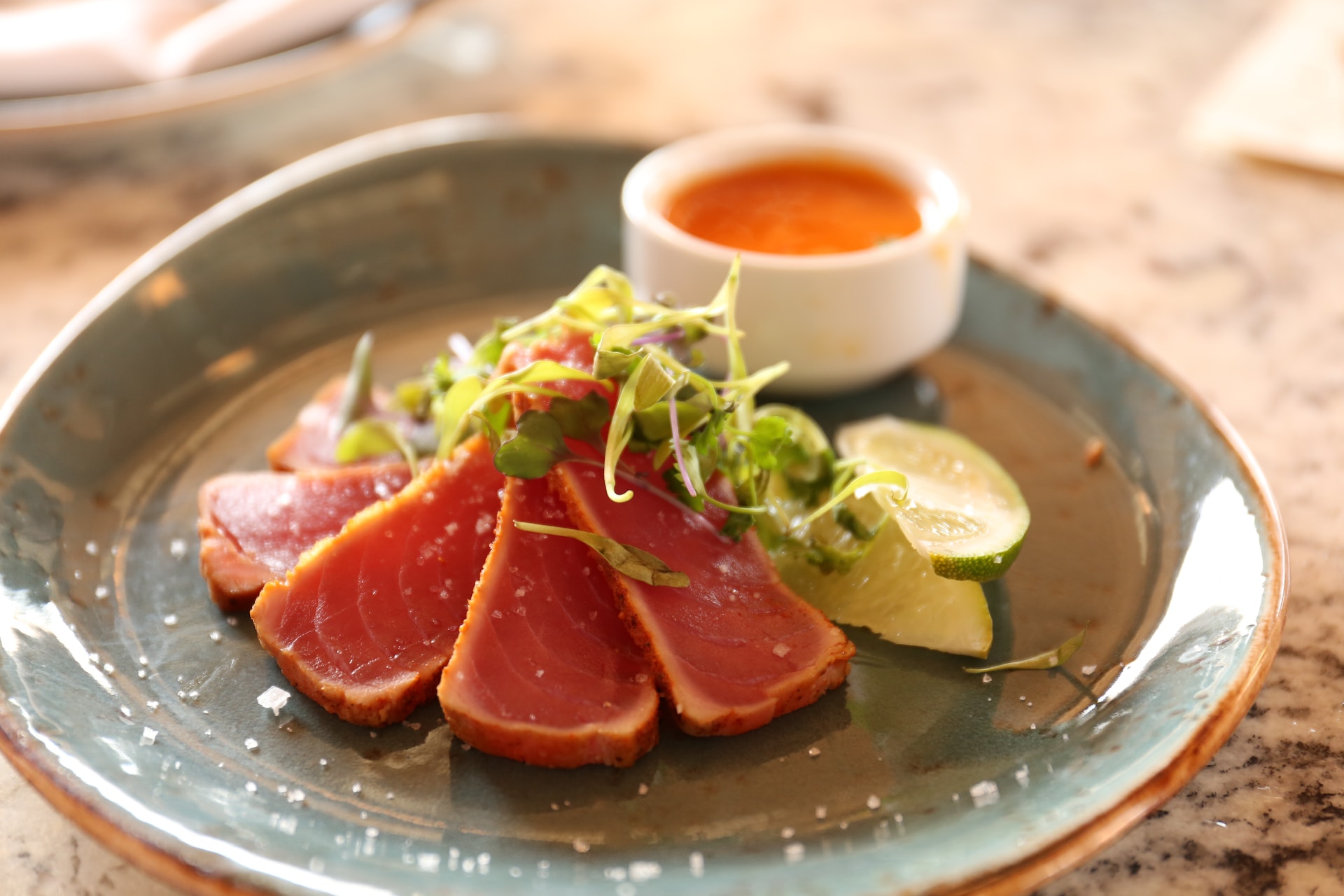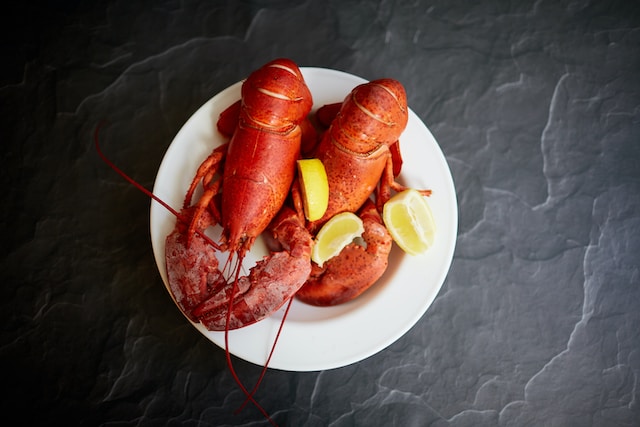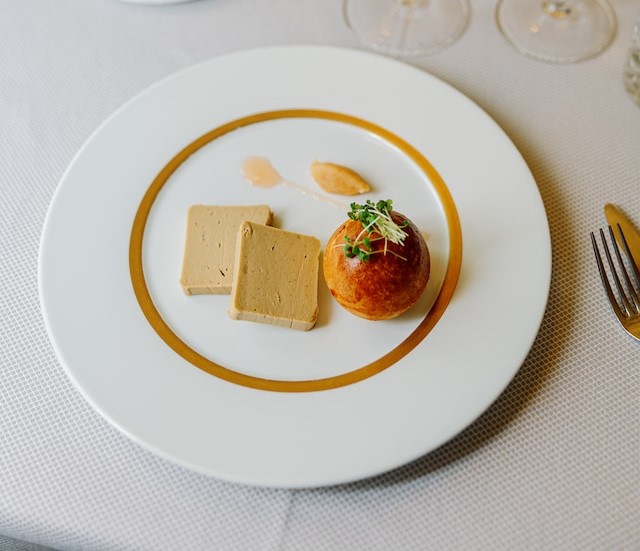Oysters, caviar, and lobsters are considered to be lavish delicacies for the rich—but it wasn’t always like this.
Nowadays, a meal composed of buttered lobsters, freshly shucked oysters, beluga caviar, and pan-fried foie gras is seen as the epitome of culinary luxury. Anyone looking to eat these kinds of dishes should expect to spend a considerable amount of money to do so.
But it wasn’t always like this; at one point in time, lobsters were considered food for people in poverty, or caviar a ubiquitous byproduct to be given away for free.
READ ALSO: Rich Cuisine: The World’s Most Valuable Food Items
Though it might seem a little hard to believe, these are fairly common trends. The concept of “luxurious” food is quite arbitrary in nature, often controlled by what the wealthy of a particular period deem as delicious and worthy enough to include in their dinner tables.
Food for Thought
Writer Ligaya Mishan explored the class history of certain foods in a piece for the New York Times entitled “The Humble Beginnings of Today’s Culinary Delicacies.”
Food items like lobsters and oysters were once eaten by impoverished members of society in earlier periods, mostly due to their overabundance. However, with enough distance from a marginalized group’s struggles, these simple histories can be erased and replaced with a new kind of value.

“It was precisely this distance, in space, time, and above all class (even in a supposedly classless society), that made the food—once the barest minimum, eaten and endured only in order to survive—suddenly palatable,” wrote Mishan in her article.
“Throughout history, foods that were once a marker of precarity and a lack of resources— dishes eked from scraps; tough cuts of meat; seafood too abundant to be of value to those who treasure rarity; wild roots scraped out of the earth with hardened hands—have gradually been co-opted by the upper classes, sometimes to the point that they’re no longer accessible to the people who once relied on them,” she continued.

Mishan went on to say that there’s a lot more to “taste” than simply sensory pleasure. It’s an ever-changing concept, one often affected by the ideals of those with power and wealth.
“For deliciousness has never been a fixed quality, wholly measurable by sensors on the tongue; it’s an invocation and reflection of memory, history and prevailing hierarchies,” she stated.
When the rich start creating a demand for certain food, things like skyrocketing prices tend to follow suit. The reality is that many foods that are considered valuable today actually had humble beginnings. Below are some of the delicacies in question, as well as the interesting histories that surround them:
Caviar
In this day and age, caviar is practically treated like gold in the culinary world. Beluga caviar is the most prized variation due to its rarity and complex production process. For the longest time, people created this delicacy by harvesting the eggs of wild beluga sturgeons in the Caspian sea. However, the fish soon became critically endangered, leading to a ban in the US.
That said, efforts to farm Beluga sturgeons have increased, resulting in a return of the famous roe—which can cost $830 per ounce. Osetra white sturgeon caviar is almost as prized as beluga caviar, and can cost up to $82 per ounce.

However, these small orbs bursting with the sea’s flavor weren’t always precious and expensive. In fact, citizens in medieval Russia viewed it as a byproduct of little value. Common folk would eat it with porridge to add some saltiness to the otherwise plain dish. Some farmers would even use the roe as feed for pigs.
Meanwhile, American saloons in the early 19th century had so much caviar in stock that they’d give it away for free on sandwiches. This was due in part to the roe’s saltiness, which induced thirst and encouraged bar-goers to purchase more drinks.
The Russian monarchy eventually revamped caviar’s image when it caught their attention. From the 16th century until the Bolshevik revolution, tsars would serve the delicacy during Imperial banquets. The wealthy of Paris’ roaring 20s would further transform the food into a luxury staple due to the influence of immigrants from Russia’s aristocracy.
Lobsters
People considered Lobsters as lowly bottom-feeders in the 19th century, mostly because they were so plentiful in the United States. As such, only members of impoverished communities would eat the crustacean—these included servants and even prisoners.
Back then, it took little to no effort to acquire a lobster. They simply washed up onto shore in two-feet piles after storms; even plunging one’s arm into shallow water would yield a catch.

The crustaceans only started gaining traction in the 1880s, when chefs began serving them in upscale restaurants for discriminate diners. Since then, their abundance has waned while their popularity continues to increase. As expected, the unequal supply and demand caused a rise in prices for the delicacy. Now, lobster rolls from Maine can cost over $30 per piece, according to the Robb Report.
Oysters
Most 19th-century Americans saw oysters as abundant staples that weren’t particularly notable, much like lobsters. This was especially true in the days when bodies of water were much cleaner—the ideal environment for these bivalve mollusks.
The working class ate oysters due to their widespread availability across the United States, especially in places like Chesapeake Bay. Harvesters produced around 160 million pounds of oyster meat per year from 1880 to 1910, according to research conducted by the Michigan State University Campus Archeology Program.

Low prices led to a boom in popularity throughout the 19th century. By 1909, oysters cost only half the price of beef per pound—hence, people would add it to meat dishes to reduce costs. People also served them in almost every saloon or tavern because they were so inexpensive.
Unfortunately, oysters started becoming less accessible in recent years, causing their prices to hike up. This is due to a combination of over-harvesting and diseases spreading across Atlantic oyster beds—obstacles that conflict with the continuous high demand.
Now, the seafood that once cost a few cents can fetch anywhere from $5 to $9 a piece in restaurants and bars, depending on where you purchase them and whether they’re in season.
Foie Gras
Many of the items on this list are seafood, but certain terrestrial delicacies also experienced an interesting evolution in status. Take foie gras, for example, which holds quite the dynamic history.
Unlike the aforementioned foods, foie gras actually started as dish for nobles, according to a piece by The Wall Street Journal. The delicacy is essentially the liver of a fattened goose or duck. It was first served to members of Egypt’s royal family, according to the earliest records. This practice eventually spread to the Romans, who continued treating the dish as a delicacy.

However, foie gras soon faded into obscurity by the Middle Ages. The only group that upheld the practice were the Jewish people, who needed the fatty liver as a cost-effective substitute for butter. Hence, the dish became somewhat of a staple food for them.
In fact, it was the Jews who brought the practice to Europe when they migrated to countries like France and Germany. The dish then made a comeback as a luxury staple, especially under the hands of French chef Jean-Pierre Clause, who turned it into a royal delicacy; Louis XVI himself once declared it “The Dish of Kings.”
The rest, as they say, is history. France continued to be the predominant producer of the food throughout the 20th century. Today, the average foie gras can cost anywhere from $40 to $80 per pound.
Banner photo by Tyler Nix via Unsplash.





